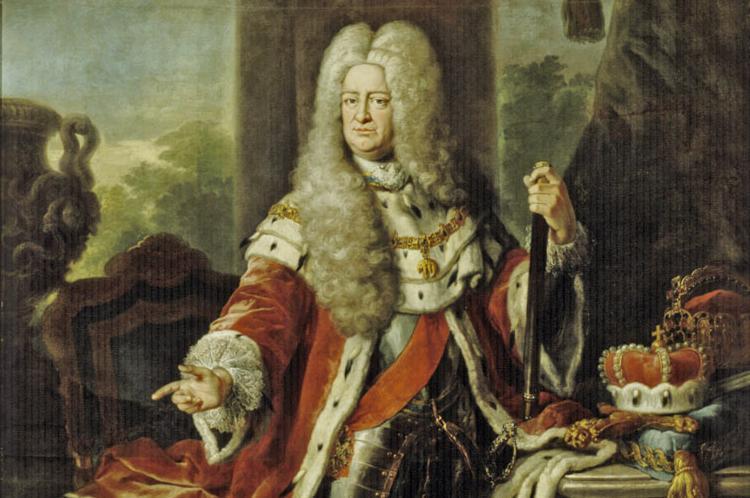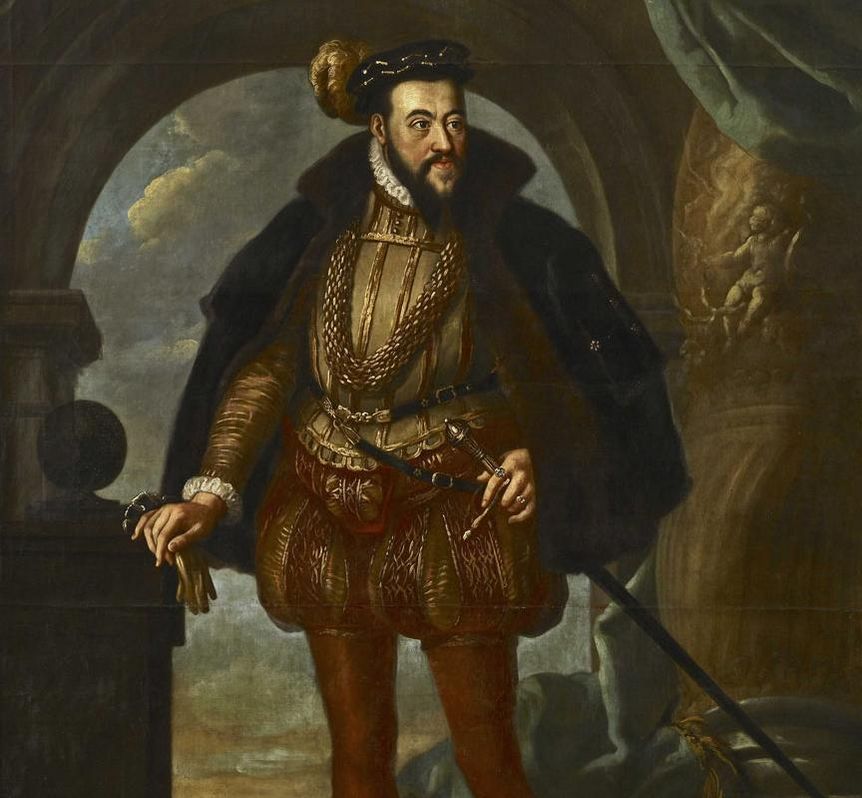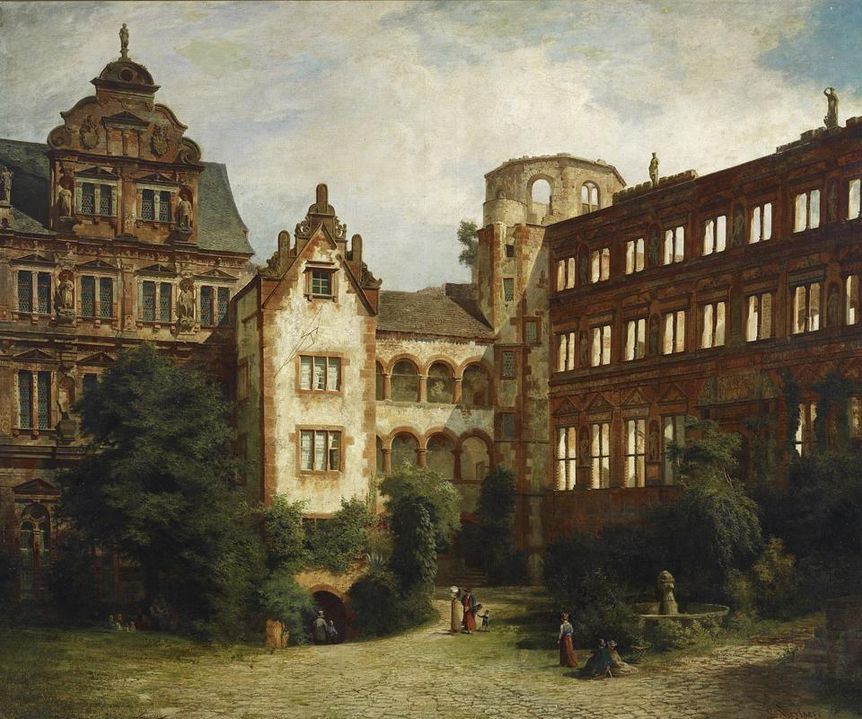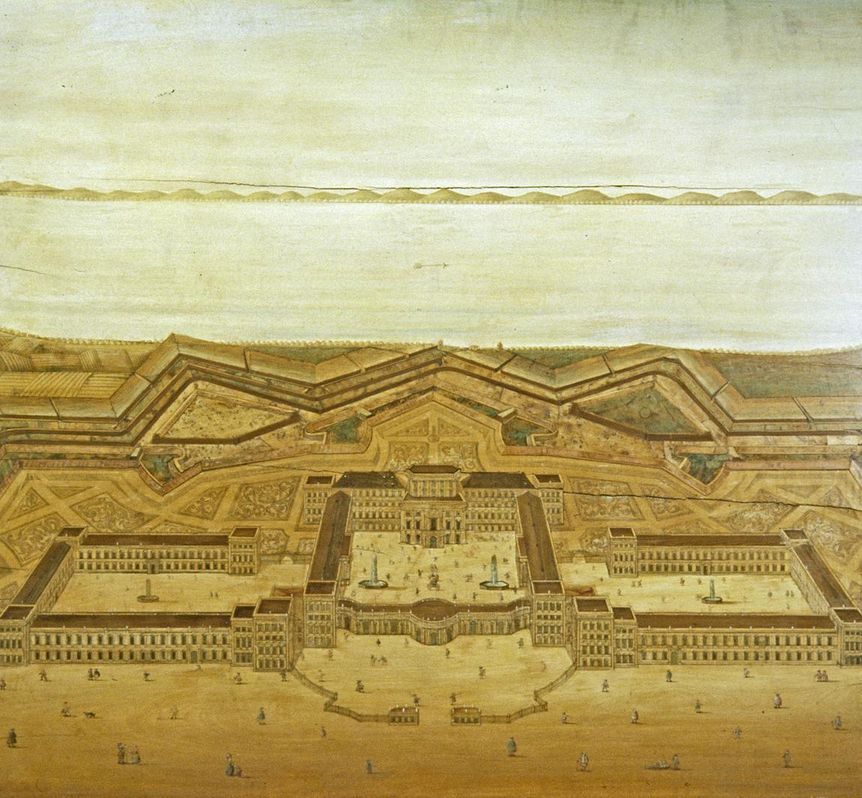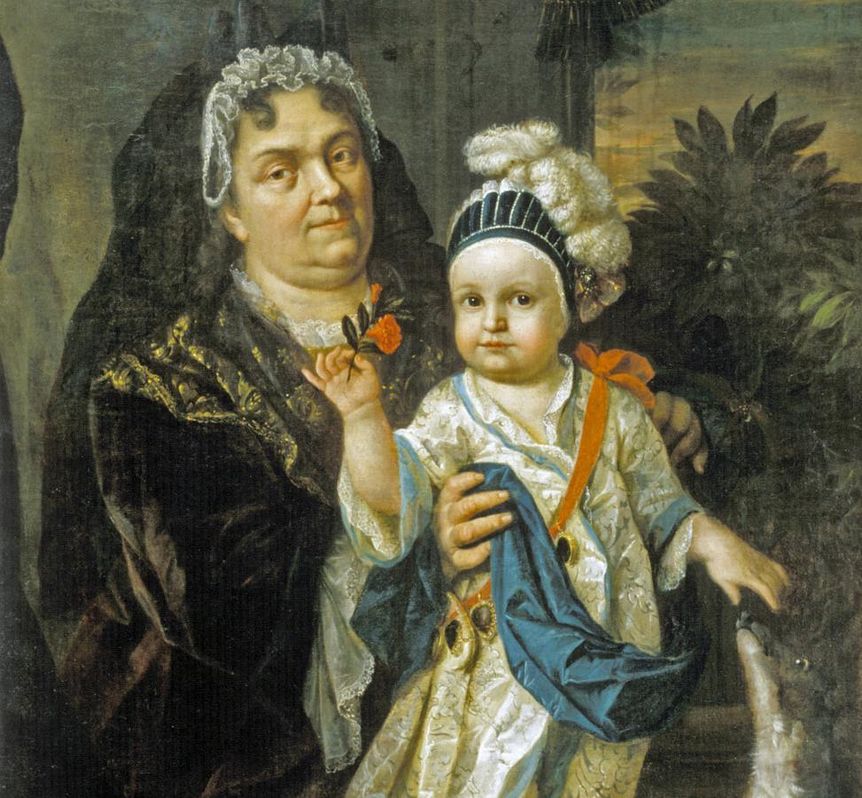The builder of MannheimCarl Philipp von der Pfalz
Prince-Elector Carl Philipp von der Pfalz (1661–1742) built one of Europe's largest Baroque palaces in Mannheim. More than concerns about how to finance the century-long project, he was tormented by fears about his successor on the throne of the Electoral Palatinate—until he found a pragmatic solution.



